From Hats to Habit: The Psychological Evolution of Team Fortress 2's Cosmetic Economy Team Fortress 2 (TF2), a game celebrated for its vibrant characters and chaotic gameplay, has also carved out a unique legacy in the realm of virtual economies.
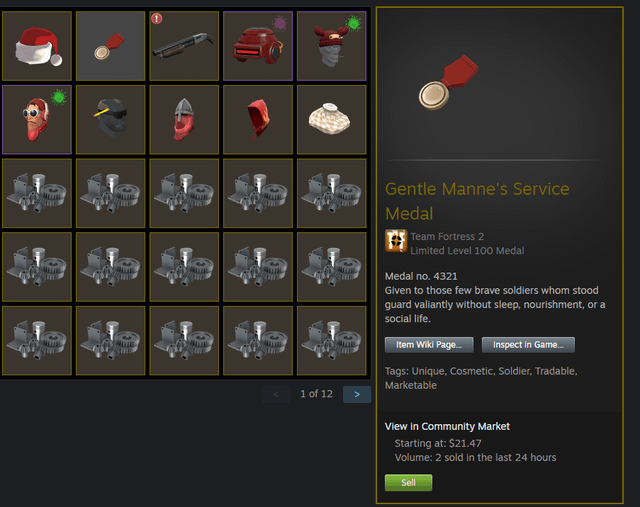
Team Fortress 2 (TF2), a game celebrated for its vibrant characters and chaotic gameplay, has also carved out a unique legacy in the realm of virtual economies. What started as simple class-based customization has evolved into a complex system driven by psychological principles, scarcity, and the allure of the unusual. As a game economist and behavioral psychologist with years spent on the TF2 battlefield, I’ve witnessed this evolution firsthand. Let's delve into the fascinating story of TF2's cosmetic system, examining the economic and psychological forces that shaped it.
Early on, Team Fortress 2's cosmetic offerings were relatively tame. Players could unlock or earn items that offered minor aesthetic tweaks to their characters. These were often tied to achievements or special events. The "Gentle Manne's Service Medal," awarded to players who purchased the game before its free-to-play conversion, and the infamous "Ghastly Gibus," earned through a Halloween achievement, were early examples of these simple customizations. The focus was mainly on showing dedication and skill, rather than sheer rarity.
The Gentle Manne's Service Medal, an early cosmetic item showing player dedication.
The Mann Co. Update and the Allure of the Crate
The landscape of TF2 cosmetics changed dramatically with the introduction of the Mann Co. Supply Crates and Keys. This update brought with it a core element of many modern games: the loot box. Players could purchase keys to unlock crates, receiving a random cosmetic item. This seemingly simple mechanic taps into several powerful psychological principles.
Chief among these is operant conditioning, specifically variable ratio reinforcement. This means that rewards (new cosmetics) are dispensed after an unpredictable number of responses (crate openings). This creates a powerful compulsion loop, as players continue to open crates in the hope of receiving a desired item. The unpredictability keeps players engaged, much like a slot machine. Think of it as Valve training us to click, with the occasional digital treat.
Then, of course, there is the simple appeal of gambling. The uncertainty of what lies within the crate creates excitement and anticipation. It preys on our innate desire to "beat the odds" and obtain something valuable.
I remember my first crate opening vividly. It was a Mann Co. Supply Crate #19, and I purchased a key with some trepidation. The animation of the crate opening, the dramatic reveal... it was all carefully designed to maximize the thrill. I ended up with a rather unremarkable "Towering Pillar of Hats." Disappointing? Maybe. But it definitely sparked a curiosity that led to...well, more crate openings than I care to admit.
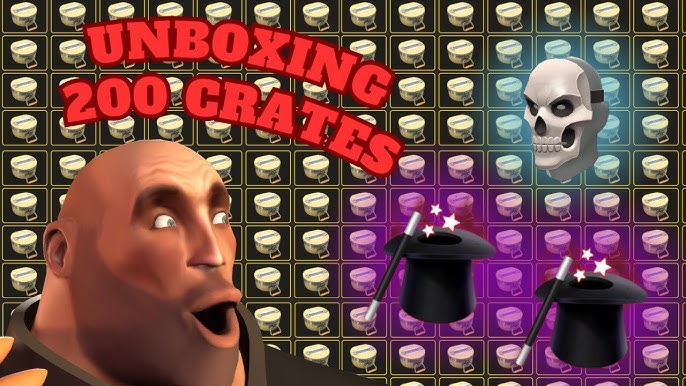 The iconic unboxing animation, designed to maximize excitement and anticipation.
The iconic unboxing animation, designed to maximize excitement and anticipation.
The Rise of Unusuals: Scarcity and Perceived Value
The addition of "Unusual" effects took the cosmetic economy to another level. These effects, ranging from swirling flames to floating confetti, were extremely rare and added a unique visual flair to hats. Early Unusuals like the "Burning Flames Team Captain" or the "Sunbeams Team Captain" became status symbols, instantly recognizable and highly sought after.
 The Burning Flames Team Captain: An early and highly coveted Unusual hat.
The Burning Flames Team Captain: An early and highly coveted Unusual hat.
The appeal of Unusuals stems from two key psychological principles: scarcity and perceived value. Scarcity, a fundamental concept in economics, dictates that the less available something is, the more valuable it becomes. Valve cleverly implemented this by making Unusuals exceedingly rare, with only a tiny percentage of crate openings yielding one.
This scarcity fuels the perception of value. Because Unusuals are rare, players perceive them as more desirable and are willing to pay a premium to acquire them. This perception is further amplified by the visual appeal of the effects themselves. They stand out in a crowd, signaling wealth and status to other players.
This demand gave rise to a thriving grey market for Unusuals. Players began trading items for real-world currency, circumventing Valve's official channels. While Valve has taken steps to regulate this market, it continues to exist, highlighting the strong economic forces at play.
Tiered Cosmetic Releases and Events: The Power of Limited-Time Availability
Valve further amplified the cosmetic system through tiered cosmetic releases and special events, most notably the annual Scream Fortress (Halloween) and Smissmas (Christmas) updates. These events introduce event-exclusive cosmetics and Unusual effects, often with themed designs.
The key here is limited-time availability. These items are only obtainable during the event period, creating artificial scarcity. This drives demand even further, as players rush to acquire these limited-edition items before they disappear.
For example, during Scream Fortress VI, cosmetic sets like the Arachno-Arsonist set were highly desirable. These sets, with their unique Halloween-themed designs, were only available for a limited time, making them valuable collectibles. The temporary nature of these items leverages the psychological principle of loss aversion – the fear of missing out (FOMO) is a powerful motivator.
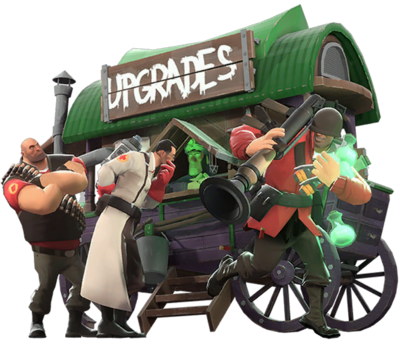 A scene from Scream Fortress VI, showcasing the eerie atmosphere and event-exclusive cosmetics.
A scene from Scream Fortress VI, showcasing the eerie atmosphere and event-exclusive cosmetics.
The Impact on Player Behavior: More Than Just a Game
The cosmetic system has had a profound impact on player behavior in Team Fortress 2. For many players, the game has become more about trading and obtaining rare items than about the core gameplay itself. Dedicated trading communities have sprung up, with players spending hours negotiating deals and tracking item values.
This shift has had both positive and negative consequences. On the positive side, it has created a vibrant and dynamic community centered around trading and collecting. It has also given players a sense of ownership and investment in the game.
However, there are also negative impacts. The focus on cosmetic values has, at times, led to increased toxicity. Players may become overly attached to their items, leading to disputes and scams. Some players may prioritize trading over teamwork, detracting from the overall gameplay experience. I've personally witnessed heated arguments erupt over the perceived value of a particular hat, turning what should be a fun game into a stressful negotiation.
 A typical TF2 trading scene, capturing the excitement and frenzy of item exchange.
A typical TF2 trading scene, capturing the excitement and frenzy of item exchange.
Furthermore, the game's social dynamics have been altered. Players with rare and expensive cosmetics often receive preferential treatment or attention, creating a kind of social hierarchy based on virtual wealth. This can lead to feelings of exclusion or resentment among players who cannot afford to participate in the cosmetic economy.
Conclusion: A Double-Edged Sword
The evolution of the cosmetic system in Team Fortress 2 is a fascinating case study in the intersection of game design, economics, and psychology. Valve has masterfully employed principles like operant conditioning, scarcity, and loss aversion to drive cosmetic sales and create a thriving virtual economy.
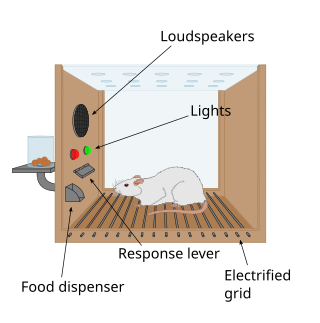 Operant conditioning principles applied to loot boxes – a key element of the TF2 cosmetic system.
Operant conditioning principles applied to loot boxes – a key element of the TF2 cosmetic system.
However, it's crucial to consider the ethical implications of using these psychological principles to drive player spending. While the cosmetic system has undoubtedly contributed to the game's longevity and success, it has also had unintended consequences, such as increased toxicity and a shift in focus away from core gameplay.
Ultimately, the Team Fortress 2 cosmetic system serves as a valuable lesson for game developers and economists alike. It demonstrates the power of virtual economies to shape player behavior and the importance of carefully considering the ethical implications of game design choices. While a good-looking hat is nice, ensuring a positive and inclusive community should always be the top priority. The TF2 item economy is a player-driven economy, and its health depends on a balanced ecosystem where gameplay and collecting can both thrive.
 The vast array of hats available in TF2, illustrating the depth of the cosmetic system.
The vast array of hats available in TF2, illustrating the depth of the cosmetic system.
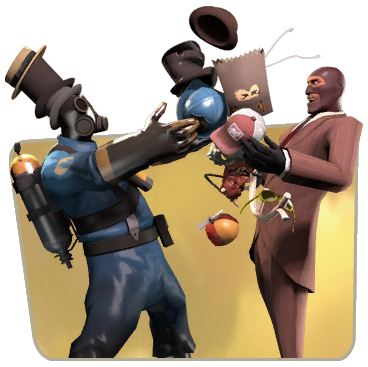 The in-game shop, where players can purchase keys and other items.
The in-game shop, where players can purchase keys and other items.